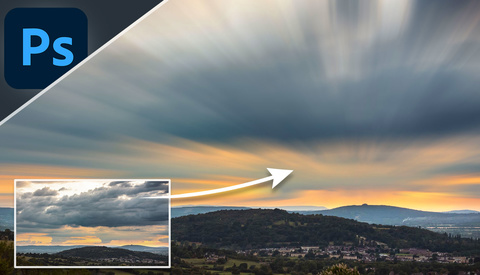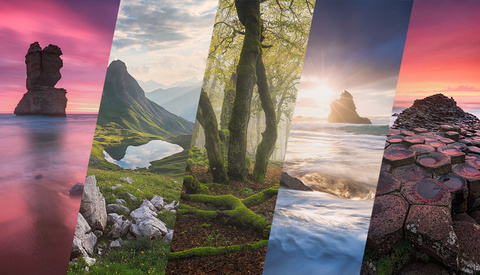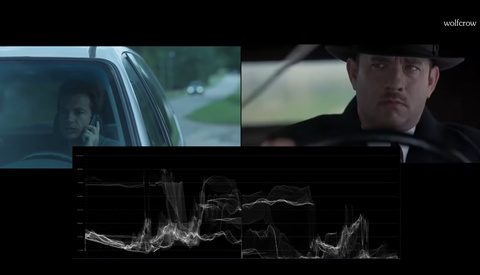Last week, we featured an interview with the awesomely talented retoucher and photographer Marina Dean-Francis. This week, she's shared a video with Fstoppers showing her retouching on a hair and beauty image. Although the video has been sped up tremendously, it's not hard to see that there aren't many quick tricks in play here. It's no secret that maybe the greatest skill in retouching is patience.
Pay close enough attention, and there are some very useful tips in this video - my personal favorite comes in around the 2:30 mark and is a great way to add highlights on...





























